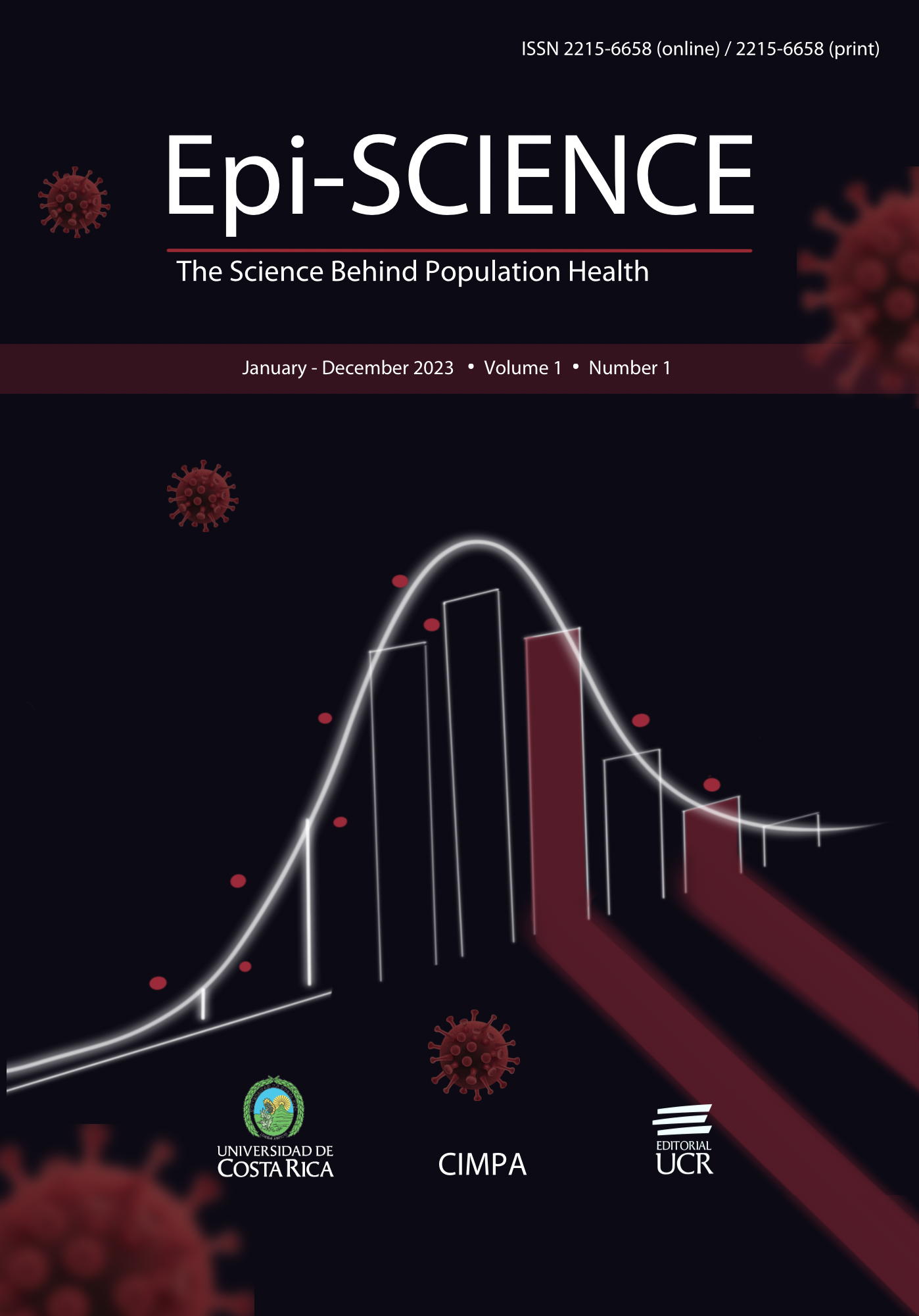On the scaling patterns of infectious disease incidence in cities
DOI:
https://doi.org/10.15517/es.2023.55397Keywords:
scaling; incidence; infectious diseases; urban areas; modelsAbstract
Urban areas with larger and more connected populations offer an auspicious environment for contagion processes such as the spread of pathogens. Empirical evidence has revealed a systematic increase in the rates of certain sexually transmitted diseases (STDs) in urban areas with larger population sizes. With rampant urbanization worldwide, it is increasingly important to improve our understanding of the key drivers of these systemic infection patterns. Using confirmed-case data for three STDs in U.S. metropolitan areas, we investigate the scaling patterns of the incidence of these infectious diseases in urban areas. The most salient features of these patterns are that, on average, the incidence of infectious diseases that transmit with less ease i) scale more steeply with population size, ii) are more variable across cities of similar size, and iii) are less predictable across time. These features are explained using a simple mathematical model of contagion and also through the lens of a new theory of urban scaling. These theoretical frameworks help us reveal the links between the factors that determine the transmissibility of infectious diseases and the properties of their scaling patterns across cities.
Downloads
Downloads
Published
Versions
- 2023-09-27 (2)
- 2023-06-28 (1)
How to Cite
Issue
Section
License
Copyright (c) 2023 Epi-SCIENCE

This work is licensed under a Creative Commons Attribution-NonCommercial-ShareAlike 4.0 International License.

